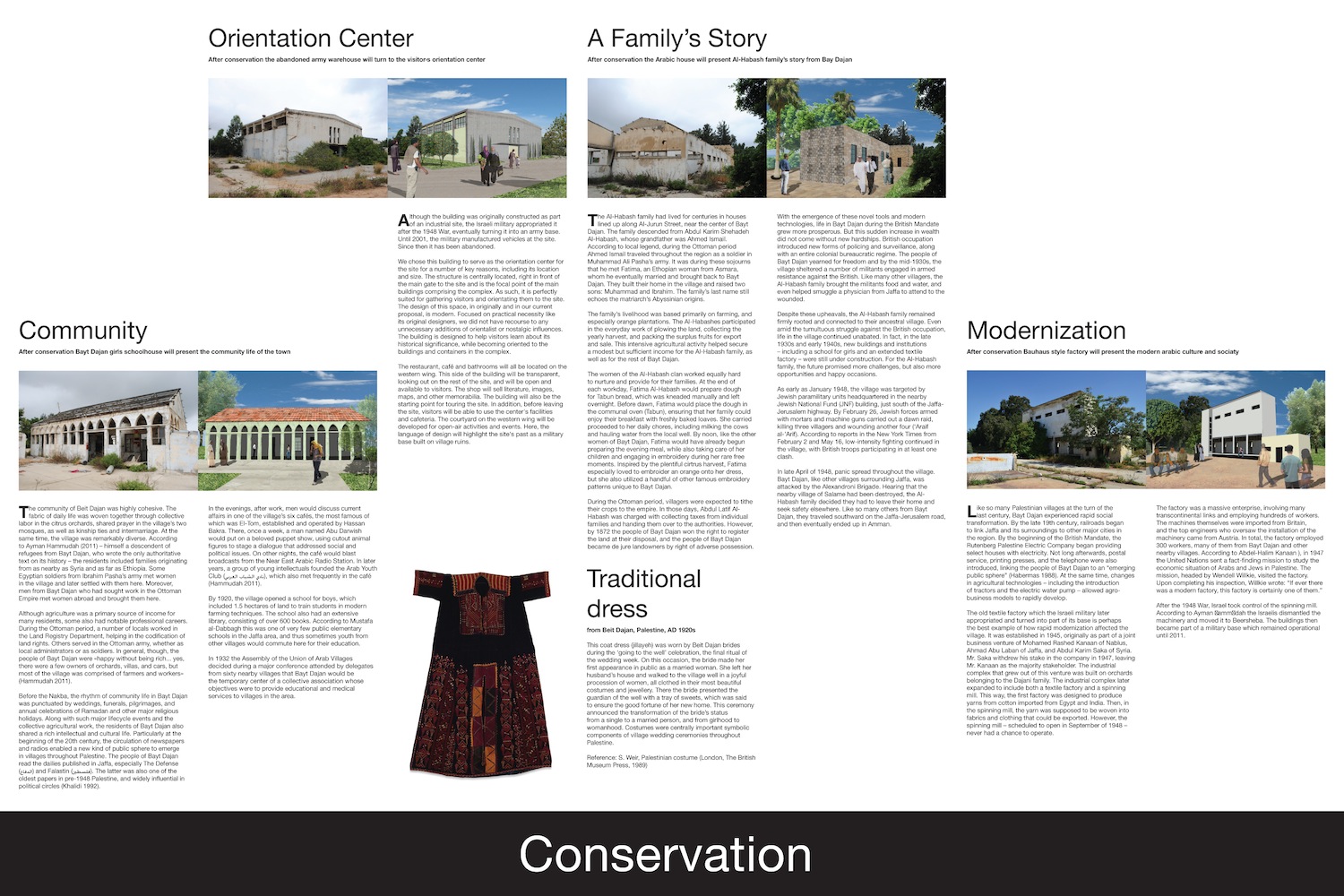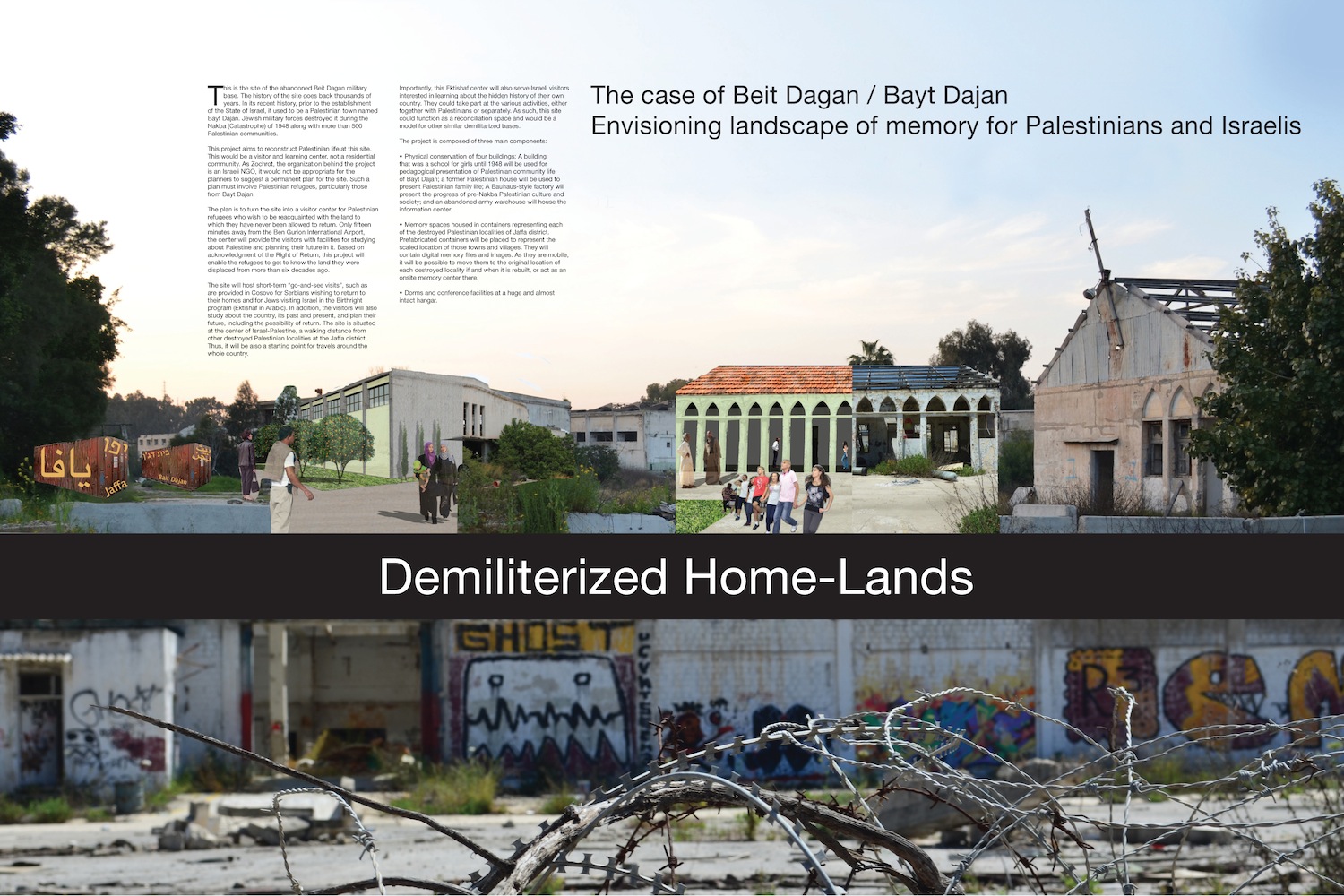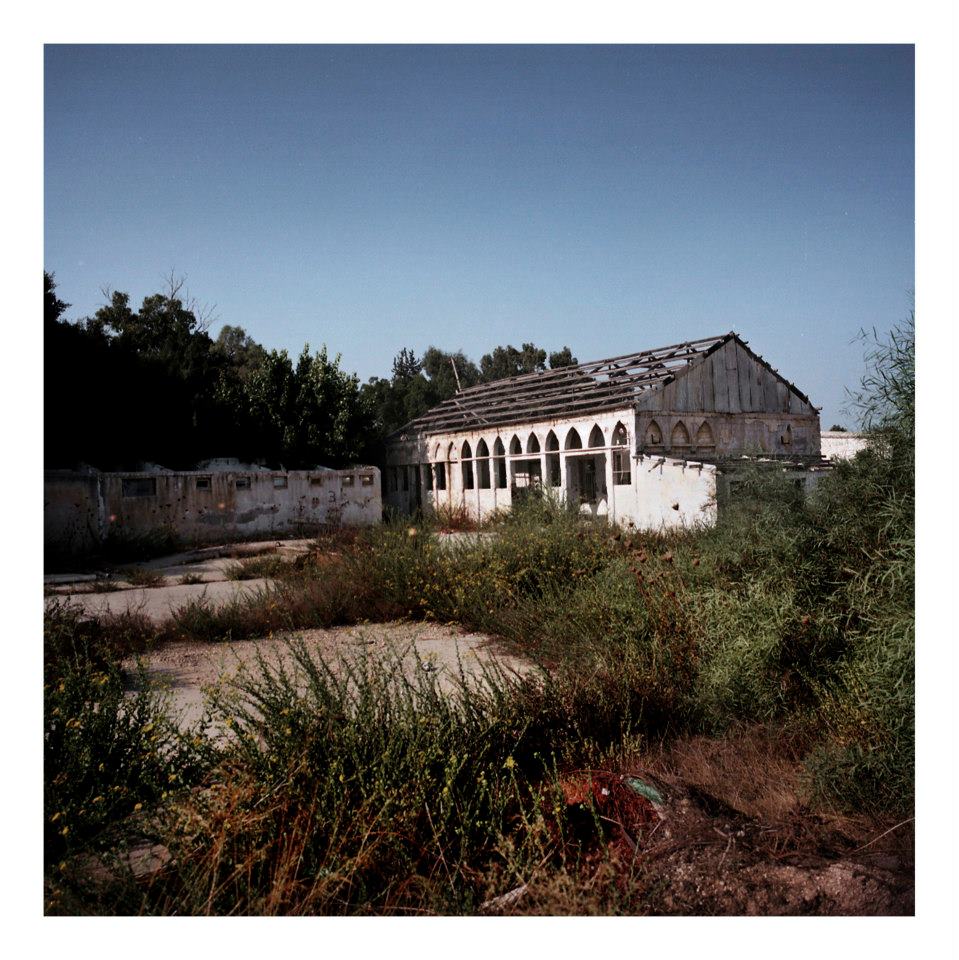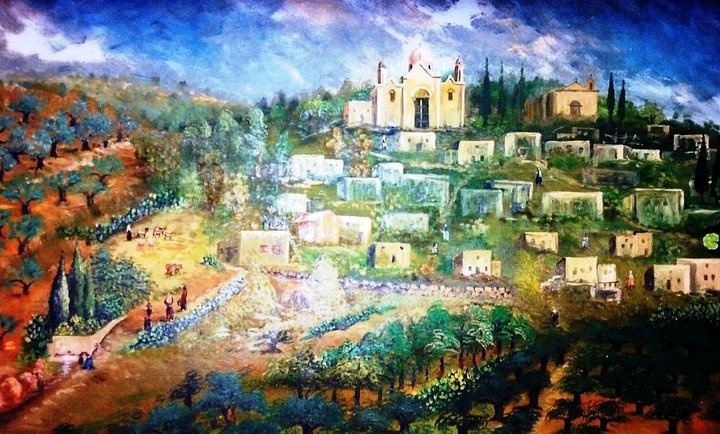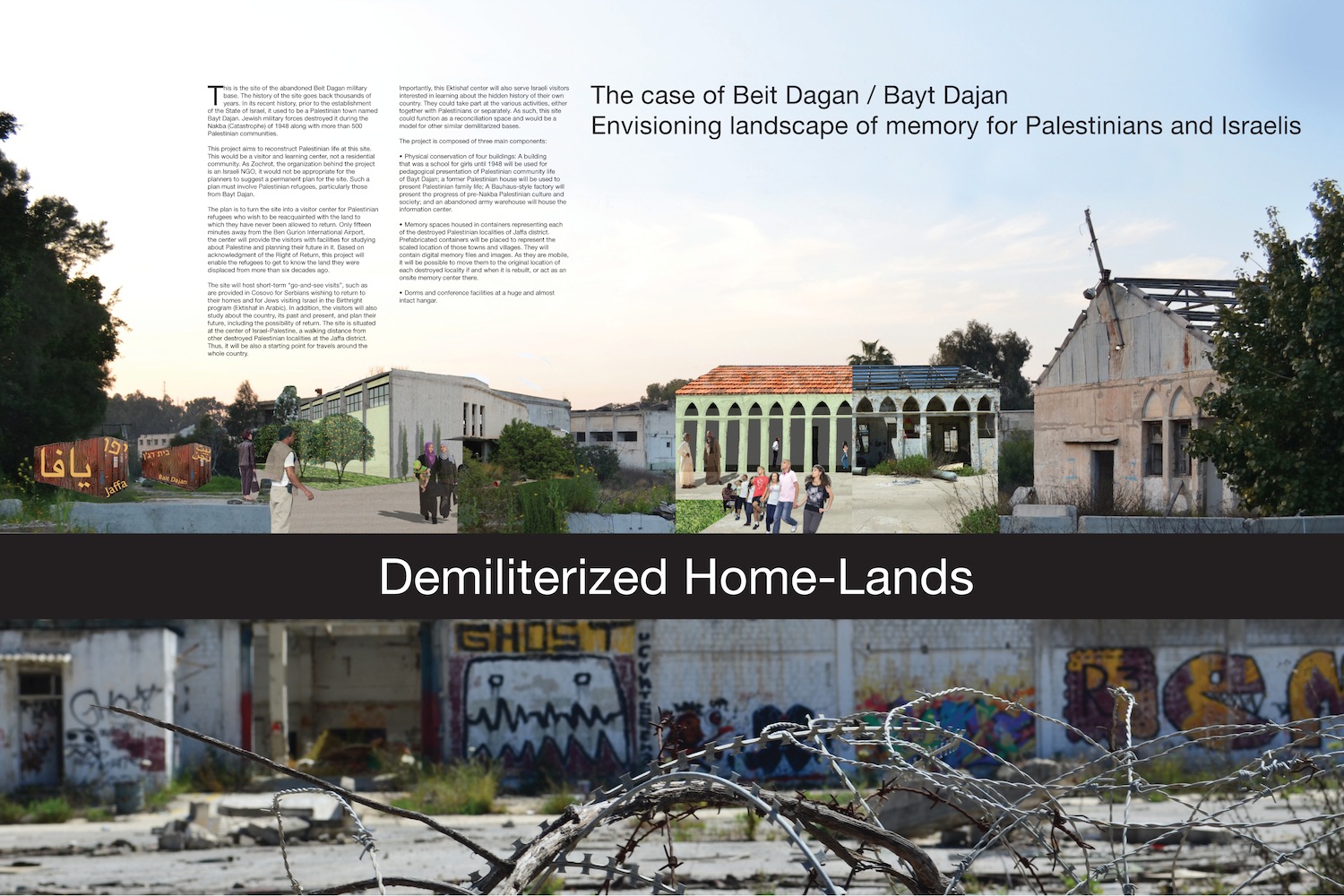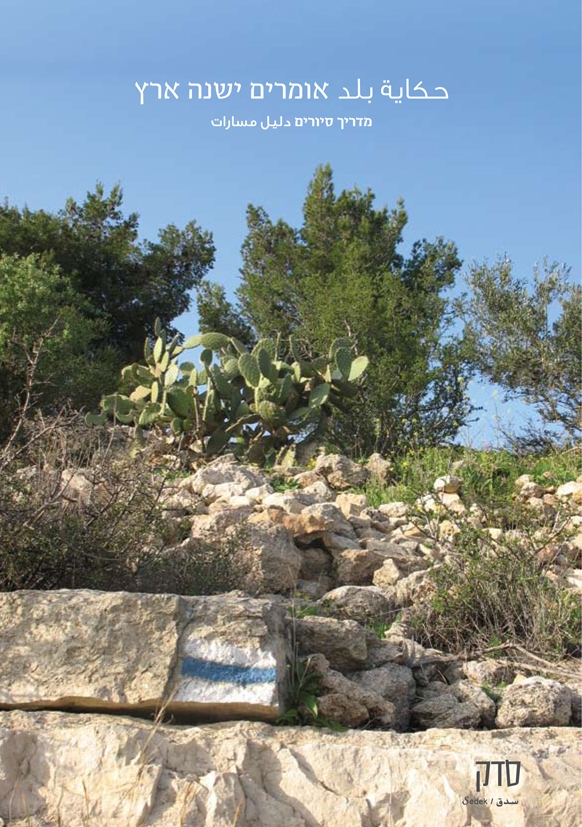Info
District: Jaffa
Population 1948: 4450
Occupation date: 14/05/1948
Occupying unit: Alexandroni
Jewish settlements on village/town land before 1948: None
Jewish settlements on village/town land after 1948: Mishmar HaShiva, Ganot, Hemed, Nahalat Yehuda expansion, Ramat Eliyahu (Rishon LeZion), Neve Eliyahu (Rishon Lezion), A part of West Rishon Lezion Industry Area, Kiryat Ben Gurion (Holon)
Background:
The village, located on a sandy hill on the central coastal plain, lay at the intersection of the Jaffa-al-Ramla highway with the coastal highway that went south to Gaza. It was slightly to the south of the Jaffa-Jerusalem highway. It was situated 9 km southwest of Jaffa.
As early as January 1948, the village was the target of attacks by Palmach units stationed in the Qeren Qayemeth le-Yisrael (Jewish National Fund) building, just south of the Jaffa-Jerusalem highway. During one of the Palmach's forays, a village house was destroyed. Perhaps the largest attack during this period took place on 26 February, when Jewish forces, armed with mortars, machine guns, and hand grenades, carried out a dawn raid in which three villagers were killed and four owunded, according to Palestinian historian 'Arif al-'Arif. One house was blowned up in this attack. The New York Times reported that the British took part in a clash in the village on 19 February, after one of their military convoys stoppes in the village to arrest a man carrying a rifle. The article states that the villagers opened fire on the troops and that two of the villagers were killed and three wounded. One of the British soldiers also was killed when he “jumped from his truck with a Bren machine gun in his arms and ran into the village with his gun blazing,” in the words of the New York Times correspondent.
Bayt Dajan was probably not occupied until the end of April, when it fell to the Alexandroni Brigade in the course of Operation Chametz, an assault between 25 and 31 April on Salama, Yazur, and other Arab villages east of Jaffa.
Operation Chamets (“leaven” in Hebrew) was to be implemented during Passover (when the conssumption of leaven is prohibited to practicing Jews). Its immediate objective was the seizure of the large Palestinian vilages that lay on both sides of the railway that linked Jaffa to its Arab hinterland. The villages north of the railway waere (from west to east) Salama, al-Khariyya, Saqiya, Kafr 'Ana, and al-'Abbasiyya; those that were south of the railway were Yazur, Bayt Dajan, and al-Safiriyya. The conquest of these villages was to bring about the total isolation of Jaffa – with 70,000 inhabitants the largest Palestinian city – thus ensuring its fall into Haganah's hand like a ripe plum. Thus the ultimate objective of the operation was to take Jaffa without reocurse to a frontal attack.
The implementation of Operation Chametz was complicated by a fronal attack on Jaffa that was launched by the Irgun Zvai Leumi (IZL) on 25 April. The IZL attack was aimed at separating the panhandle of Jaffa – the Manshiyya quarter – which abutted on Tel Aviv from the main part of Jaffa. Once Manshiyya had fallen, the IZL would start the assault against the rest of Jaffa. The Manshiyya offensive entailed an attack from the east across the base of the panhandle towards the sea in the west. The attack on Manshiyya was accompanied by a massive and indiscriminate shelling of the residentail and commercial sections of Jaffa, causing large scale civilan panic and flight by land and sea. The IZL attack on Manshiyya met with very determined resistance and succeeded only som 80 hours later at dawn on 29 April. Meanwhile, the British, who had colluded with the Haganh during the latter's offensive against Haifa (Operation Misparayim, 22-23 April) had decided to intervene in Jaffa against the Irgun. At the same time, exhasuted by their offensive, the Irgun agreed to come under Haganah command on the Jaffa front.
On 29 April, the Haganah launched Operation Chametz. Units from three brigades, the Kiryati, Alexandroni, and Giv'ati, were involved under the command of Dan Epstein, commander of the Alexandroni Brigade. The Alexandroni units, using Kefar Azar as their base, attacked and captured the villages of Saqiya and al-Khayriyya. The Kiryati units emerging from Tel Aviv attacked Salama and the northern Jaffa suburbs of Abu Kabir and Jabalya. By nightfall the same day, Salama had fallen to units of the Kiryati and Giv'ati brigades.
The Giv'ati offense south of the railway, launched from Miqwe Israel, was not successful. While the brigade succeeded in capturing Yazur on or soon after 29 April, it ran into trouble at Tall al-Rish, a fortified hill between Yazur and Jaffa. Using 20mm Hispano-Suiza artillery which had just arrived, it initially overran the hill. But a counterattack by an all-Palestinian Arab Liberation Army (ALA) “battalion” of some 250 men under the command of Michel 'Isa drove them out of the hill with heavy casualties. According to the History of the Haganah, Giv'ati losses were 33 killed or missing and 100 wounded. 'Isa and his men had arrived on the scene the day before (28 April) to try and relieve the mounting pressure on Jaffa. 'Isa remained in Jaffa until 10 May, making a last desperate attempt to prevent the fall of Jaffa's northern suburbs of Abu Kabir. On the same day he decided to pull out because of the tightening noose of Operation Chametz.
On 11 May the first feelers of surrender were made by the remaining Jaffa Palestinians. On 13 May Jaffa formaly surrendered to the Haganah. The British left the area the following day. Since the beginning of Operation Chametz they had been escorting panic-striken civilians from Jaffa along the main highway towards the then safe havens of Lydda and al-Ramla. To prevent a total blockade of Jaffa by the Haganah, the maintained a presence at parts of the village of Yazur near the road. According to the History of the Haganah, “ the IZL operation during this period under Haganah command and its effective shelling of the center of Jaffa was of value to Haganah operations.” The offensive against Jaffa, (particularly the prolonged mortar shelling), the sight of fleeing city dwellers and the fall of the villages connecting Jaffa to the rest of the country would have cumulatively interacted with one another (as they presumably intended to do) to undermine the morale of the residents – both of Jaffa and of the villages that were the targets of Operation Chametz.
Israeli historian Benny Morris notes that the inhabitants of Bayt Dajan evacuated on 25 April 1948, under the influence of the fall of “a neighboring town”, that is, Jaffa. Palestinian historian 'Arif al-'Arif states that it was occupied on 30 April, adding that its occupation could have been adverted had the Arab Liberation Army not agreed to a British-sponsored truce in the area after heavy bombardment of Tel Aviv on 28 April. However, the New York Times account stated that Bayt Dajanwas captured over two weeks later along with the village of al-Qubab, as Jewish forces fought ro reopen the highway to Jerusalem.
In early June, the Jewish National Fund set to work ro destroy Bayt Dajan along with a number of other villages. By 16 June, Israeli Prime Minister Ben-Gurion wrote in his diary that destruction was proceeded in the village. In September, it was named as a suitable site for the settlement of new Jewish immigrants.
There are four sttlements on village lands: Beyt Dagan, which was established in the site six months after the conquest of Bayt Dajan in April 1948; Mishmar ha-Shiv'a, built in 1949; Chemed, built in 1950; and Gannot, built in 1953.
A number of houses remain; some are deserted, others are occupied by Jewish families, or used as stores, office buildings, or warehouses. They exhibit a variety of architectural features. One inhabitated house is made of concrete and has a rectangular plan, a flat roof, rectangular front windows, and two arched side windows. Another has been converted into the Eli Cohen synagogue; it is made of concrete and has a flat roofand a round-arched front door and window. Stars of David have been painted on its front door and on what appears to be a garage door.
One of the deserted house is made of concrete and has a gabled, tiled roof that is starting to collapse; others are sealed and stand amidst shruns and weeds. Cactuses and cypress, fig, and date palm trees grow on the site. The land in the vicinity is cultivated by Israelis.


